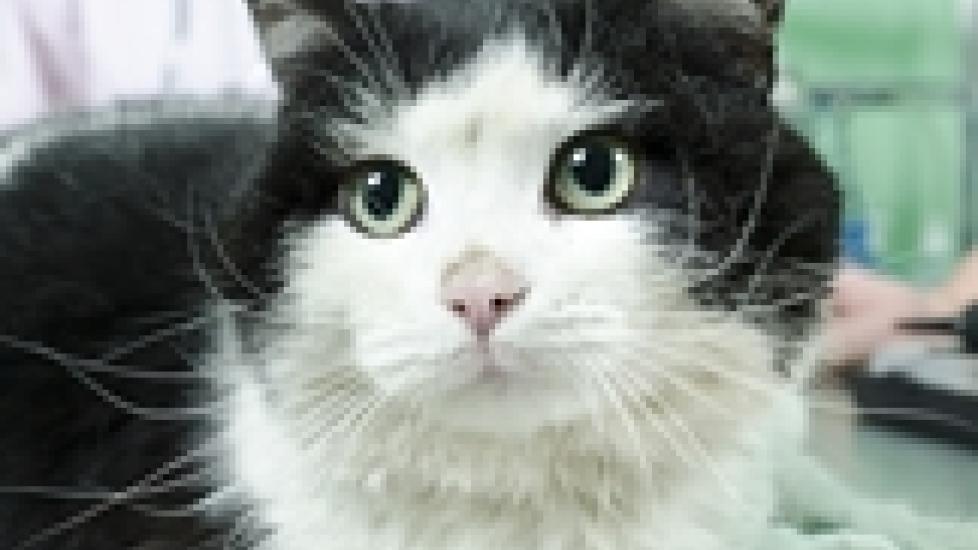New Ways of Treating Blocked Urinary Tracts in Male Cats
Over the next couple of days we are going to look at two studies that offer tantalizing glimpses into potential new ways of handling the treatment of blocked cats.
Neutered male cats have very narrow urethras (the tube that drains the bladder through the penis). A small stone or a plug made of crystals or protein-laden gunk can easily become stuck inside and completely block the flow of urine. In fact, the urethra is so narrow that involuntary muscular contractions called urethral spasms can lead to an obstruction in the absence of any foreign material.
Symptoms of urethral blockage include:
- Frequent but unsuccessful attempts to urinate
- Discomfort ramping up to excruciating pain as the condition progresses
- Bladder rupture and death from a buildup of urinary toxins within the body if the condition is left untreated
Needless to say, if you ever suspect that your cat might be blocked, take him to a veterinary hospital immediately. Treatment can save most cats’ lives as long as it is started early enough, but the possibility that the cat may block again is a complicating factor. Studies have shown that anywhere between 22% and 36% of cats obstruct again within weeks or months of leaving the veterinary hospital. Therefore, veterinarians are always on the lookout for ways to a) lower the cost of treatment so more owners are willing to give it a try even when they know reobstruction is possible, and b) decrease the incidence of reobstruction.
Research published in 2010 indicates that a form of conservative medical treatment (in comparison to the traditional practice of placing indwelling urinary catheters) can be effective for many cats. Fifteen blocked male cats whose owners had declined standard treatment had their bladders drained with a needle and syringe (cystocentesis), were given a bolus of fluids under their skin, received medications to decrease pain and anxiety, and were housed in a quiet, dark environment to reduce stress. These treatments were repeated on an as needed basis. If the cat began to urinate on his own and could be sent home within three days, the treatment was deemed successful (11 of 15 cats).
The cost of this treatment protocol is far less than is associated with the placement and maintenance of an indwelling urinary catheter. However, cats with severe biochemical abnormalities are not candidates for this type of therapy (the four cats whose treatment was not successful had higher creatinine levels than did the cats for which it worked). Also, this study’s sample size wasn’t large enough to determine whether the chances of reobstruction in comparison to treatment with a urinary catheter might be higher, lower, or about the same, but the authors did state:
[C]ats in which treatment was successful in the present study had no episodes of reobstruction within 3 days after hospital discharge…. Only 2 cats in the present study had a recurrence within 3 weeks after hospital discharge (although 2 cats were lost to follow-up at that time), and there were no further episodes of [urinary obstructions] in the 7 cats for which the owners could be contacted 1 year after discharge.
So of the seven cats that had complete follow-up, two reobstructed, which is a rate of around 29%, which at least appears to be in line with what has been reported previously.
Tomorrow, we’ll take a look at a second study that might help decrease the likelihood of reobstruction in cats who do need a urinary catheter.

Dr. Jennifer Coates
Reference
A protocol for managing urethral obstruction in male cats without urethral catheterization. Cooper ES, Owens TJ, Chew DJ, Buffington CA. J Am Vet Med Assoc. 2010 Dec 1;237(11):1261-6.
Image: SMA Studio / Shutterstock
